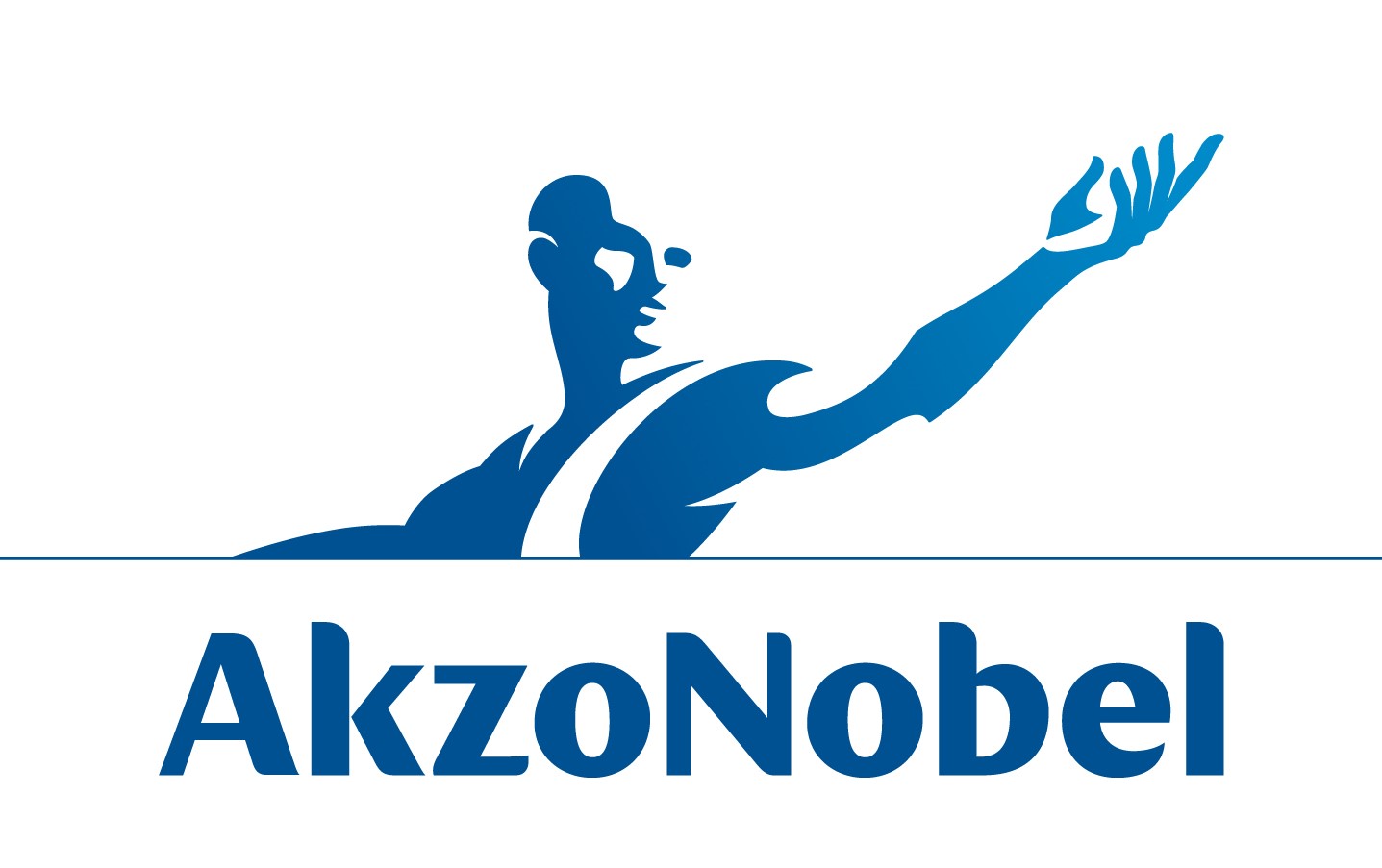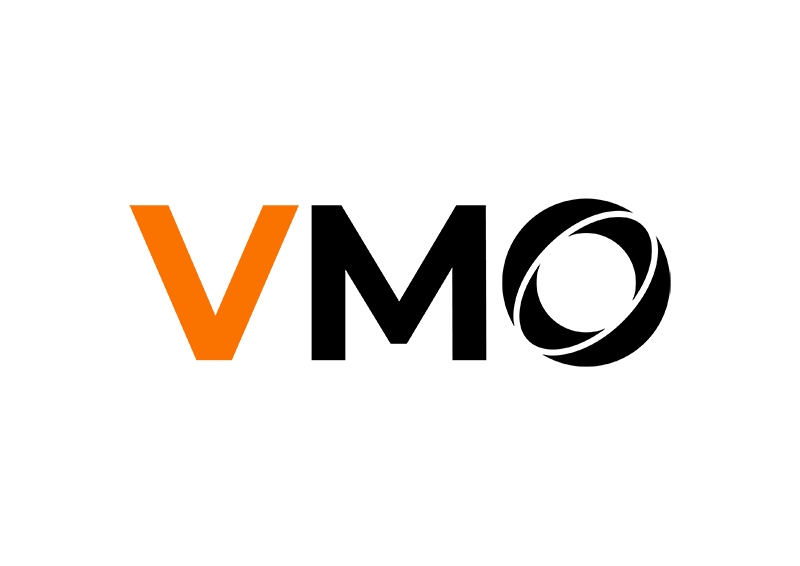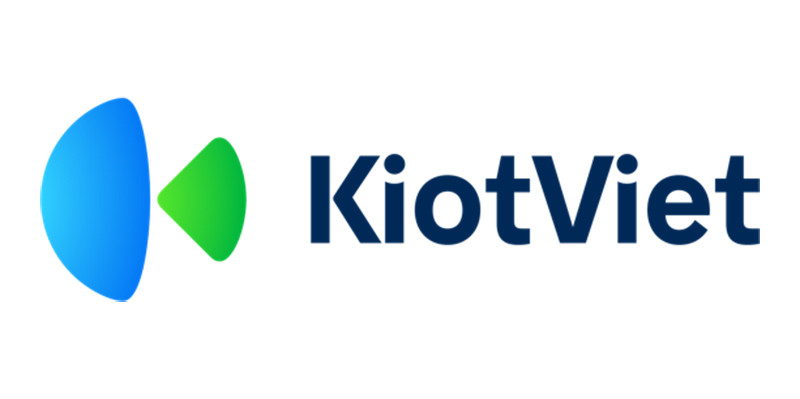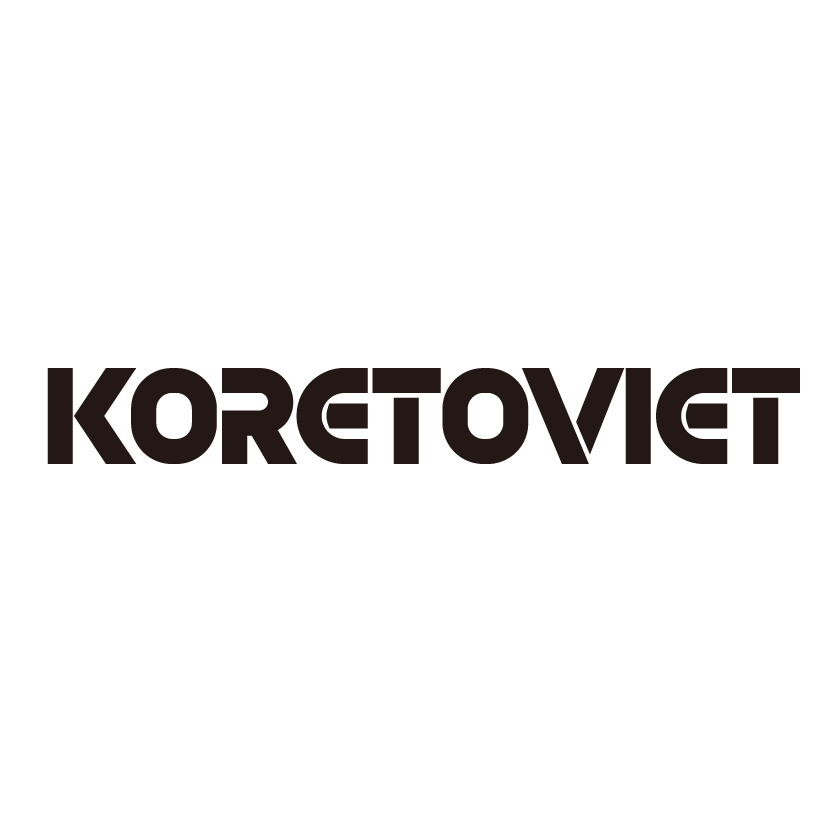100+ The opportunity to introduce the job of the Category Sales & BD & Account


Hiring High-Paying Sales, BD & Account Roles | Aniday
Sales, Business Development, and Accounts are three crucial procedures that support an organization's expansion and income growth. Although they share many similarities and workers at small businesses may fill 2 of 3 positions, these positions fulfill different organizational functions. In short, business development aims to increase a company's activities and sources of income. The process of selling a good or service is known as sales while monitoring and preserving ties with current clients is known as account management.
1. What is Sales?
Sales are activities that result in the sale of products or services. Companies often organize their sales departments into multiple teams, with staff assigned to promote and sell their products or services across various departments. Salespeople contact those who consider buying the goods or services the company offers; these are prospects who show interest by going to the company website or connecting with the business on social media. Reaching out to leads who have expressed interest in the product or service or who match the profile of the target client is the aim, with the hope of offering them a solution that prompts a purchase.
The ultimate purpose of sales is to solve the problems of customers, even though many sales teams are subject to monthly quotas and benchmarks for converting leads and closing deals.

2. How many types of Sales are there?
Here are 5 common sales in this market:
a. Telesales
Telesales involves selling products or services via telephone. The goal of telesales is to develop repeat business through strong customer relationships. Telesales representatives contact customers to promote offers or arrange appointments to support field sales representatives.
As a telesales representative, they directly reach out to potential and current customers by phone to encourage them to purchase the company's offerings. There are two types of telesales: inbound and outbound. Inbound agents receive calls from prospective and existing customers while outbound representatives initiate calls to leads to generate sales.
Telesales requires one to be patient, persuasive, and persistent. Exceptional communication and phone skills, typing experience, and the ability to excel in an office environment are also needed.
b. Digital/Technical Sales
Digital sales refer to sales that occur through virtual channels online such as websites, email, social media, targeted ads, and chatbots. There are various forms digital sales can take. Still, they all happen on the internet and typically allow customers to independently browse content and make purchases without live interaction with a sales representative.
-
Digital sales tools and strategies help businesses connect with the correct consumers at the optimal times.
-
Digital channels enable sales teams to prioritize and dedicate time to the most important targets.
-
Sales representatives do not have to actively seek out sales since customers can now come to them digitally; they simply need to know when and how to respond.
-
Businesses can leverage digital resources like sales automation, online presentations, digital documentation, and CRM software to enhance the sales process.
c. B2B Sales
B2B sales refer to sales that take place between businesses. Compared to B2C sales, B2B sales tend to be more complex as they often involve multiple parties and take longer to complete. Additionally, B2B sales typically deal with larger revenue amounts. They also focus more on building long-term relationships instead of one-time purchases.
There are three main types of B2B sales:
-
Supply sales are where businesses sell supplies needed for other companies like office supplies, cleaning supplies, etc.
-
Distribution sales are where businesses sell products to distributors who then sell the same products to consumers such as groceries, pharmaceuticals, and stores.
-
Service sales are where businesses sell services, either tangible or digital, required for other companies to operate like consultants, software, etc.
It's worth noting that many B2B companies also engage in B2C sales. For example, office supply stores conduct daily B2C transactions and wholesale supplies to businesses through advantage programs.
d. B2C Sales
B2C sales refer to transactions that occur directly between the seller and the individual consumer.
The key difference between B2C and B2B sales lies in the approach to buyers. B2B sales tend to focus more on logistics, negotiation, and the relationship between the buyer and seller. On the other hand, B2C sales are more concerned with branding, pricing, and creating an emotional reaction in consumers. A successful B2C seller understands how to effectively communicate their brand on an emotional level to appeal broadly to the general public.
e. SaaS Sales
SaaS (Software as a Service) refers to web-based software that businesses and organizations utilize entirely over the Internet. SaaS sales involve promoting and selling these online programs to clients. Commonly, a single provider will host, secure, and maintain the web applications and the clients simply purchase access to them.
When a business obtains web-based software, an outside company is responsible for engineering, upkeeping, and supporting the SaaS applications for that business. This tends to result in higher prices for SaaS products compared to conventional software that businesses purchase outright and support themselves. Additionally, acquiring clients often takes a longer sales process.

3. What is Business Development?
Business development refers to the process of implementing strategies and pursuing opportunities throughout an organization to facilitate growth and increase revenue.
Business Development vs Sales
Business Development differs from sales in its function within an organization, despite both being part of the overall sales team.
Business Development aims to establish and sustain relationships with prospects, gain insights into buyer personas, raise brand awareness, and uncover new prospects for growth. It works to make the jobs of salespeople and sales managers simpler.
Sales teams, on the other hand, focus on directly selling a company's products or services to customers by converting leads into paying clients. Their core function is closing deals and generating revenue from existing customers and prospects.
Whereas business development serves as a more strategic, ongoing process to continually source new opportunities and lay the groundwork for future sales, sales teams handle the tactical selling activities geared towards closing transactions in the present.
4. Different Sales positions and their salary
Business development managers: play a key role in growing businesses by researching leads, arranging meetings, and finding new opportunities. They collaborate across departments to shape a company's sales, marketing, and product strategies. As the role incorporates generating quality leads that drive all commercial efforts, a business development manager is viewed as the core driver of an organization's success. The top skills for these managers are strong communication, creativity, market understanding, and organization.
Business Development Manager salary on average in Vietnam: 23 million VND/monthly
Account Managers: serve as the primary point of contact for existing clients, answering questions, overseeing payments, and offering product expertise. They take over relationships as companies scale up to preserve personalization. Account managers seek to broaden current deals and may inquire about additional needs to strengthen partnerships. With referral potential, my top skills are active listening, multitasking numerous accounts proficiently, forecasting/reporting, and adapting to varied personalities.
Account Manager Salary on average in Vietnam: 22 million VND/monthly
Sales Manager: lead sales teams to meet goals through strategic planning based on accurate forecasts and their teams' strengths. Balancing revenues with employee satisfaction requires walking a fine line, as quotas must be achieved for growth yet depend on motivated reps. Thus, sales managers continually aim to inspire teams while setting reasonable targets. Top skills include comprehending sales data, establishing achievable goals and roadmaps, exceptional communication and presentation abilities, and inspiring leadership.
Sales Manager Salary in Vietnam: 20-48 million VND /monthly
Sales Executives: are responsible for contacting potential clients, obtaining new business, preserving positive connections with companies, and establishing sales targets.
Sales Executive Salary in Vietnam: 12-17 million VND/ monthly
5. What are the important skills for Sales, BD & Account?
Aniday summarizes the 6 essential skills for those who pursue a Sales, BD & account career:
-
Effective communication: the key to successful business development. One must clearly and persuasively convey messages while respecting different stakeholders. Actively listening, asking relevant questions to understand others' objectives, and customizing communications based on answers are important. Utilizing in-person, written, visual, and digital platforms while adapting tone for each context optimizes engagement with potential clients, decision-makers, coworkers, and partners. Mastering diverse communication skills maximizes business development efforts with various audiences.
-
Research and analytical abilities: researching prospects, markets, trends, competition, and best practices requires utilizing various tools like online databases, publications, surveys, interviews, and observations to conduct a thorough analysis. Employ applicable frameworks such as Porter's Five Forces, SWOT, PESTEL, and Value Proposition Canvas to evaluate gathered facts. Leverage charts, graphs, tables, and dashboards to summarize and compellingly communicate results and insights from in-depth, systematic research.
-
Creativity and innovation skills: crucial for developing novel ideas, solutions, offerings, and strategies that create value and distinguish an organization. View concepts openly, question norms, and examine options experimentally. Apply design thinking and lean startup methods like understanding user needs, brainstorming, prototyping, pilot testing, and refinement. Cultivate an environment encouraging team creativity and innovation by promoting teamwork, feedback, education, and calculated risk-taking. This fosters generating and refining new ideas, services, and approaches that advance the organization.
-
Negotiation and persuasion: vital for closing transactions, contracts, and alliances and achieving mutually beneficial results. Prepare negotiation strategies considering all parties' priorities. Build connections, reliability, and trust with counterparts using emotional awareness, focused listening, and positive nonverbal cues. Present your offering's value, counter concerns, manage disputes, and resolve deadlocks. Follow through by confirming agreements and sustaining relationships. Developing these skills facilitates collaborative resolutions and long-term partnerships.
-
Effective project management: is essential for completing agreed-upon solutions. Define a project's scope, goals, outcomes, and timelines alongside team/stakeholder duties. Plan and assign necessary resources like time, staff, and budgets using tools such as Gantt charts, Kanban boards, and agile frameworks. Monitor progress, quality, and risks through regular updates, reports, and feedback. Assess outcomes and impacts against relevant metrics and KPIs. Strong project execution skills ensure solutions are delivered on schedule and to specifications.
-
Continuous learning and adaptation: are important for addressing shifting customer, market, and industry needs. Learn from past wins and losses and customer, partner, and rival feedback. Seek new information through training, coaching, and mentoring to upgrade skills and expertise. Display flexibility by adjusting strategies, tactics, and offerings in response to challenges, opportunities, and emerging trends. The ability to evolve knowledge and offerings ensures relevance in a changing business environment.




![[ĐN] Sales Manager](https://static.aniday.com/uploads/images/69e3e29808944e8d818bb1c750642c4a_20230615032622.jpg)



![Sales Executive [HCM]](https://static.aniday.com/uploads/images/754013bdffc948b5b1fe78c764f506d3_20200908164657.png)




